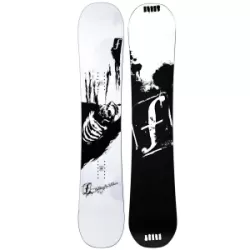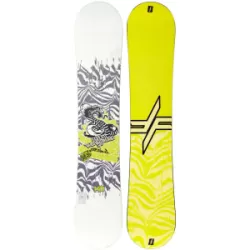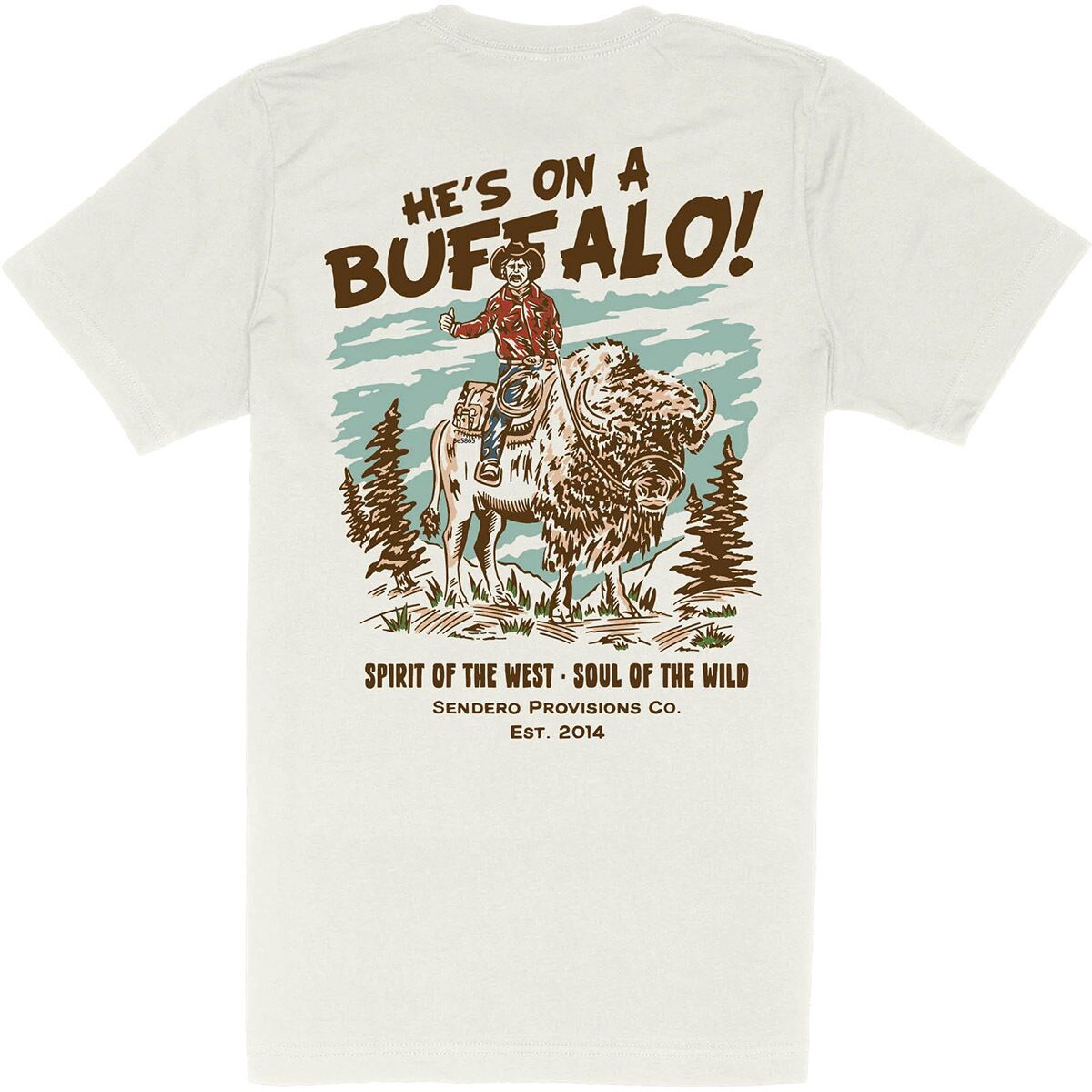Snowboard Boots: A Comprehensive Guide
Snowboard boots aren't just "rain boots" or snow-resistant shoes; a modern snowboarder's standards for boots are increasing and are now higher than ever. Boots are the most important piece of equipment and we believe that there is no connection between your level of snowboarding and the boots you need - you'll always want and need the most comfortable boots for you, and when you find them, they will become an important asset for many years to come.
Finding the Right Fit
The right size boot fits like a glove. You know this is true when your toes touch the edge and the heel doesn't move or rise. When the heel lifts, it means the boot is too large or the boot's inner structure and sole aren't a good fit for your ankle.
Diverse Options for Every Budget
Any brand that respects itself offers at least 6-10 different models suitable for every budget. That being said, the grip, shock suspenders, and other enhancements are typically found in the higher-priced models.
Style-Specific Boots
Most brands don't distinguish between specific snowboarding styles in their boot models; however, every brand does have a niche for a certain style. Naturally, the more expensive the boots, the harder and more supportive they will feel in the store, and they will "break in" slower.
What are the benefits and improvements that are out there for current season boarders - and what makes a boot better:
Lacing Systems
Even though there are still models with the classic laced knot, more and more models are being designed with faster lacing capabilities like the ones listed below:
Boa is definitely the knot that is taking over the market! Boa lacing comes with boots like ROME, K2, RIDE, Salomon, and from most of the other mainstream manufacturers. A ratcheting dial is attached to a cable of steel or titanium for a precise and firm knot that goes inside and out, providing a very firm grip on the ankle, making it the fastest lacing system with a ratcheting mechanism that puts the wire back in its place after use, for automatic retying. After more than 12 years of experience, Boa is considered very reliable and is accompanied by a lifetime guarantee by the manufacturer.
There are other "fast lacing" methods that use wires or laces, but in most cases, these methods make tying a good knot more difficult, not easier. There are a few variations of those, and it's recommended to check the differences between them in the store to find out what works best for you, although these methods are slowly diminishing.
Regular Laces
This method is slowly being replaced, but there are still some who like it. Traditional lacing systems are mostly found in the cheaper boot models. The main advantage of the traditional old-fashioned lacing systems is the flexibility it allows to adjust and fine-tune the tension based on your personal preference. It does require some practice, though, to master the regular lacing, so you should go for it only if you have the patience to learn how to work with it, especially in freezing cold.
Liners
Liners, which are the internal boots within the snowboarding boots, provide cushioning and stability to your foot. There are several types of liners now due to the increasing use of lightweight and improved materials for the liners (like on PHY-TOP, RIDE, and K2's ENDO) that make them up to 30% lighter in weight. In general, boots today weigh less than they did three years ago.
Liners can be removable, providing the ability to take them out of the external shoe for speed-drying or attached to the boots itself. More lucrative brands today offer "Intuition Liners" that adjust to your foot shape and are also very lightweight.
Soles
Manufacturers are making immense efforts to reduce the weight carried by the snowboarder, increase shock absorption ability, and improve grip while climbing. Notable sole technologies include the K2 Harshmellow, ROME ANTI-GRAVITI SOLE, and VIBRAM in NITRO K2 and FLOW boots.
In Summary
Snowboarding boots are an individual item; everyone has "their own foot." So the saying "my friend has great boots from" doesn't necessarily mean that those are the boots for you. It's recommended to try as many models as possible, old and new, without budget consideration (if possible) or with a budget but in a store with a wide variety of models so you can choose wisely the best snowboarding boots for you.






